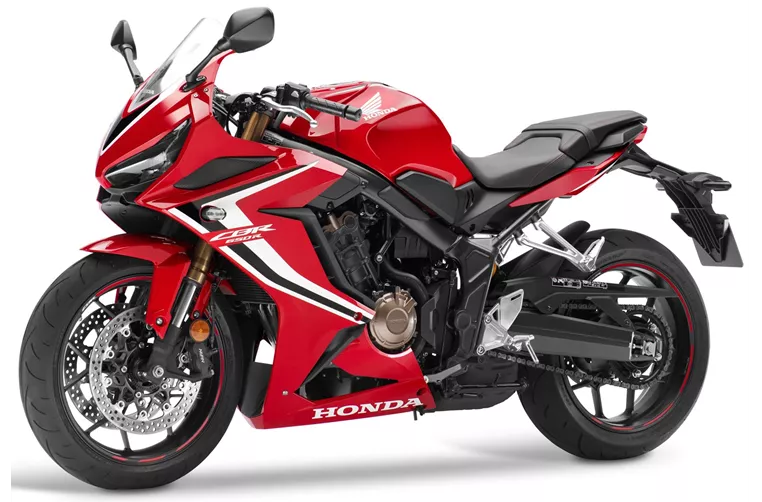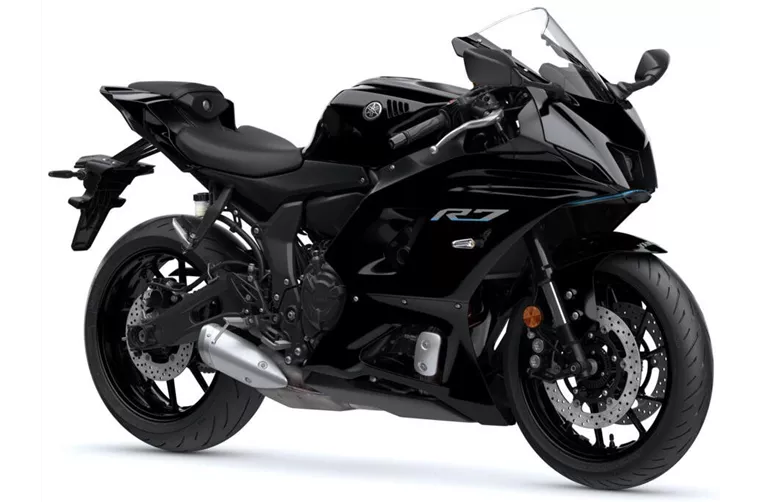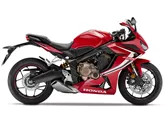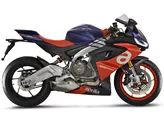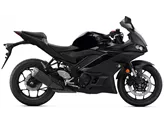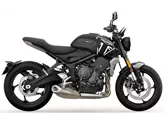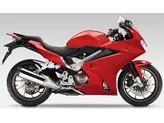Honda CBR650R 2019 vs. Yamaha R7 2022
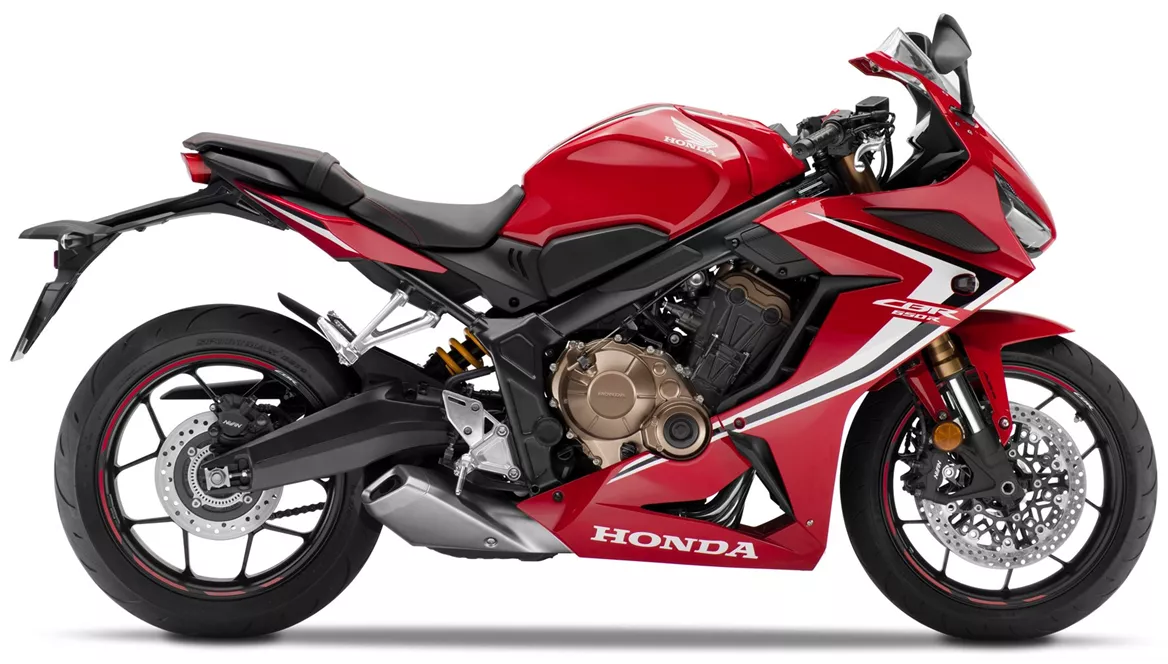
Honda CBR650R 2019
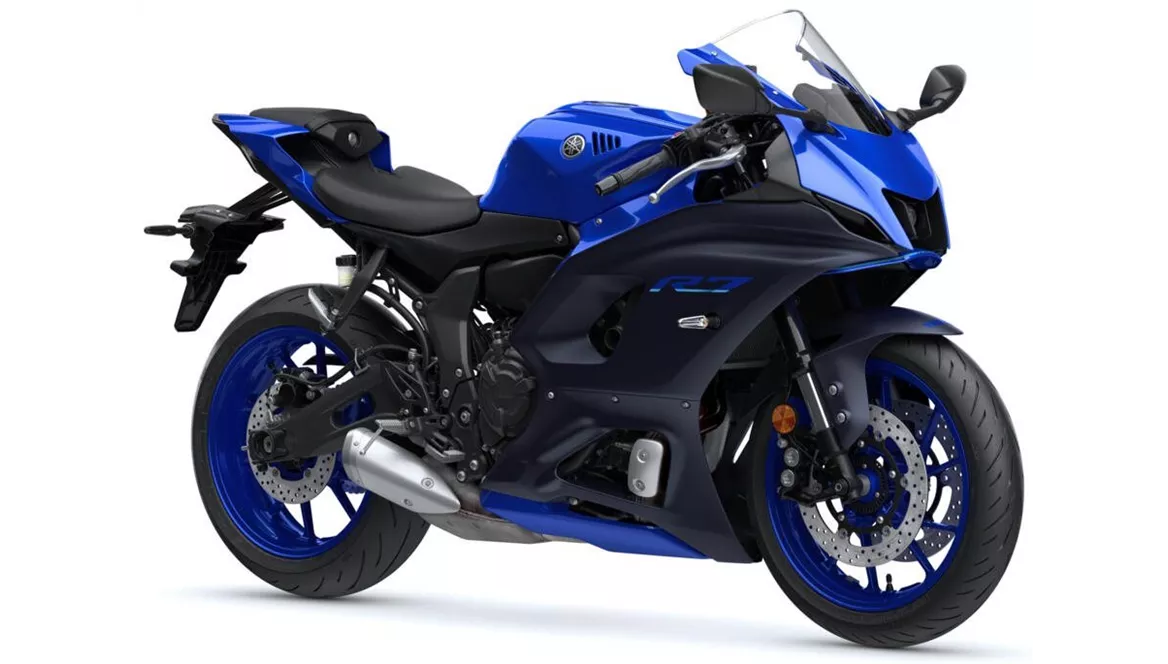
Yamaha R7 2022
Overview - Honda CBR650R 2019 vs Yamaha R7 2022
The Honda CBR650R 2019 and the Yamaha R7 2022 are both supersport motorcycles that offer impressive performance and features. While they share some similarities in terms of engine type, suspension, and braking systems, there are also notable differences between the two models.
Starting with the engine specifications, the Honda CBR650R 2019 is equipped with a four-cylinder in-line engine with a displacement of 649cc. It produces a power output of 95 HP and a torque of 64 Nm. On the other hand, the Yamaha R7 2022 features a two-cylinder in-line engine with a larger displacement of 689cc. It offers a slightly lower power output of 73.4 HP but a higher torque of 67 Nm. Both bikes have a DOHC valve configuration with four valves per cylinder.
In terms of suspension, both motorcycles come with upside-down telescopic forks at the front and a swing arm with a monoshock at the rear. The front suspension diameter is 41 mm for both models, ensuring stability and control during rides.
When it comes to the chassis, both the Honda CBR650R 2019 and the Yamaha R7 2022 utilize a steel frame, providing durability and rigidity. The rake angle of the Honda CBR650R is 64.5 degrees, while the Yamaha R7 has a slightly steeper rake angle of 66.3 degrees.
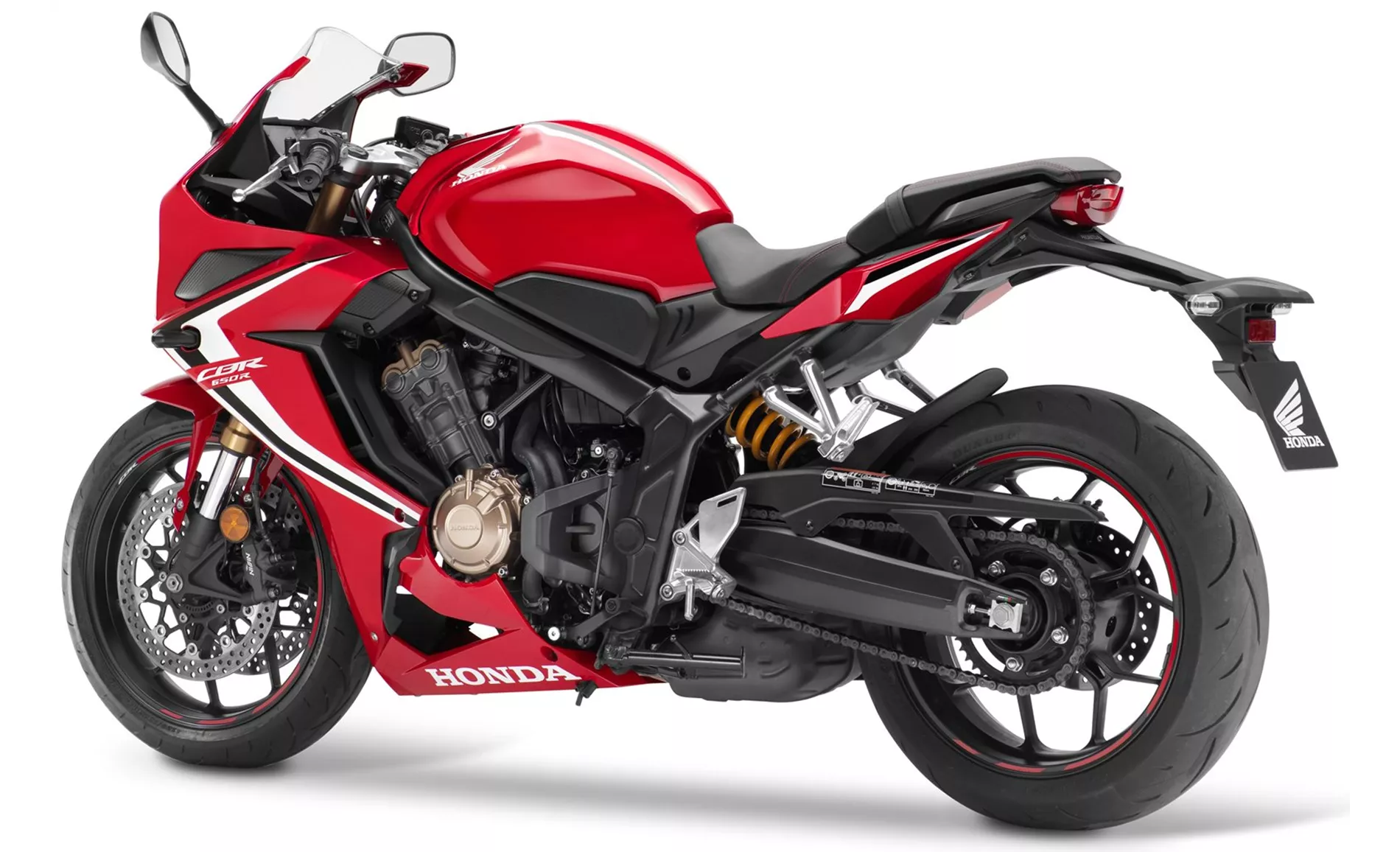
Honda CBR650R 2019
In terms of braking systems, both motorcycles feature double disc brakes at the front. However, there is a difference in the brake technology used. The Honda CBR650R 2019 utilizes wave technology, while the Yamaha R7 2022 employs radial technology. Both systems offer efficient and reliable braking performance.
In terms of dimensions and weights, the Honda CBR650R 2019 has a larger wheelbase of 1450 mm compared to the Yamaha R7 2022, which has a wheelbase of 1395 mm. The kerb weight of the Honda CBR650R is slightly higher at 208 kg with ABS, while the Yamaha R7 weighs 188 kg with ABS. The fuel tank capacity of the Honda CBR650R is 15.4 liters, while the Yamaha R7 has a slightly smaller fuel tank capacity of 13 liters.
Moving on to the strengths of each model, the Honda CBR650R 2019 offers a very elastic four-cylinder engine, providing a smooth and responsive power delivery. It also provides sufficient comfort for longer tours and offers good wind protection. Additionally, the Honda CBR650R has an aesthetically pleasing design and is easy to operate. It is also suitable for riders with an A2 license.

Yamaha R7 2022
On the other hand, the Yamaha R7 2022 boasts a CP2 engine that delivers punchy performance from the lower and middle rev ranges. It features a front-wheel-oriented seating position, providing a sporty and engaging riding experience. The chassis of the Yamaha R7 is adjustable, allowing riders to fine-tune the handling to their preferences. It is also highly manageable and equipped with good brakes for enhanced safety.
However, both models have their weaknesses. The Honda CBR650R 2019 is known to have a drone below 4,500 rpm, which may affect the riding experience for some riders. The suspension could also be slightly sportier to enhance the bike's performance. Additionally, the rear brake of the Honda CBR650R may not offer the same level of performance as the front brakes.
On the other hand, the Yamaha R7 2022 does not have a TFT display, which may be considered a drawback for riders who prefer advanced digital displays for information and navigation.
In conclusion, both the Honda CBR650R 2019 and the Yamaha R7 2022 are impressive supersport motorcycles with their own unique strengths and weaknesses. The Honda CBR650R offers a powerful and comfortable riding experience, while the Yamaha R7 provides a punchy performance and a sporty riding position. Ultimately, the choice between the two models will depend on the rider's preferences and priorities.
Technical Specifications Honda CBR650R 2019 compared to Yamaha R7 2022
Pros and Cons in comparison
Pros and Cons in comparison
Honda CBR650R 2019
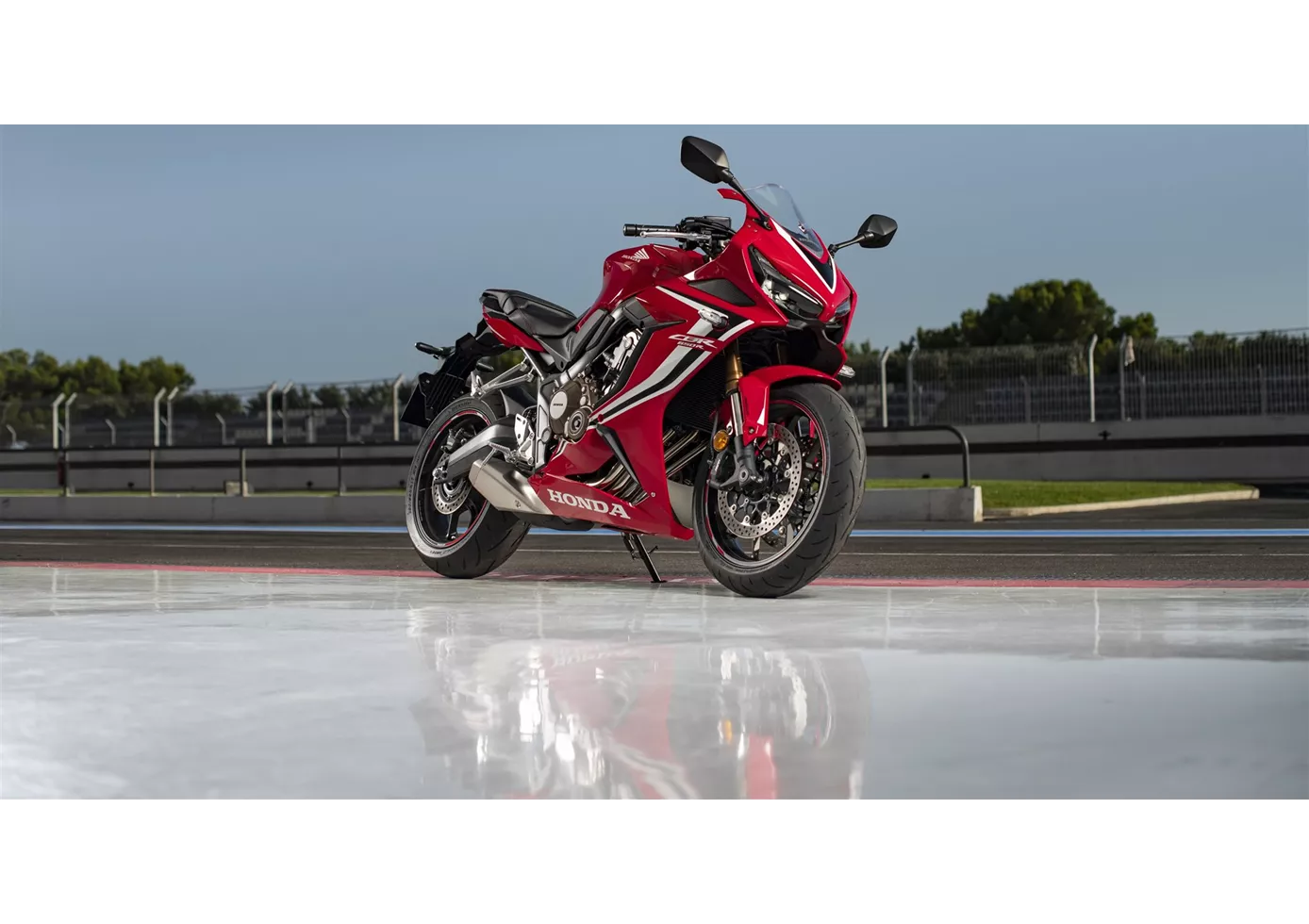
The new CBR650R takes the spirit we know from classic four-cylinder sports tourers and brings it into the modern era. Thanks to the good engine tuning, you don't have to worry about being left behind by your two-cylinder friends, especially as you are rewarded with a lovely sound across the rev range. Unfortunately, however, there can be too much sound, as the roar below 4,500 rpm proved. On the chassis and seating position side, a compromise has been found that allows the CBR650R to cope well with everyday riding, as well as longer tours and house track hunts.
Yamaha R7 2022
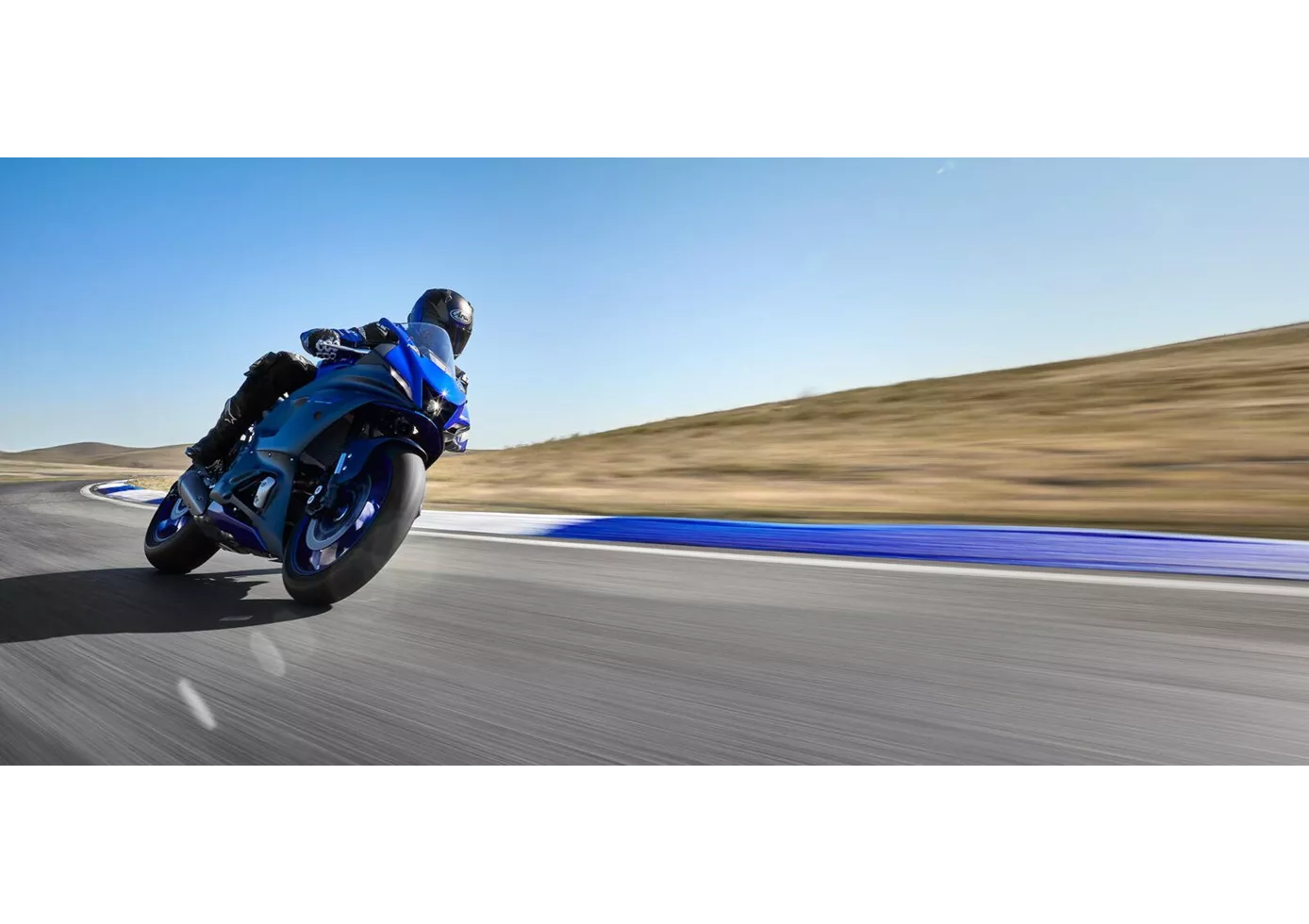
Those who expect the Yamaha R7 to be a half-hearted solution will be surprised at how well-balanced the little supersports bike is. Of course, the engine with just over 70 hp doesn't have what it takes to challenge the R6, for example, but the engine with its punch from below fits the character perfectly. The chassis components are of high quality, even fully adjustable at the front, and the handling of the slim grenade is absolutely awesome. The seating position is fine, not as radical as on a real super sports bike, and therefore suitable for everyday use.
Price Comparison Avarage Market Price Honda CBR650R vs Yamaha R7
There are a few key differences between a Honda CBR650R 2019 and a Yamaha R7 2022. It takes less time to sell a Honda CBR650R with 45 days compared to 87 days for a Yamaha R7. Since model year 2019 1000PS.de editors have written 14 reviews for the Honda CBR650R and 9 reviews for the Yamaha R7 since model year 2021. The first review for the Honda CBR650R was published on 08/10/2018 and now has more than 53,700 views. This compares to more than 92,800 views for the first review on Yamaha R7 published on 18/05/2021.
